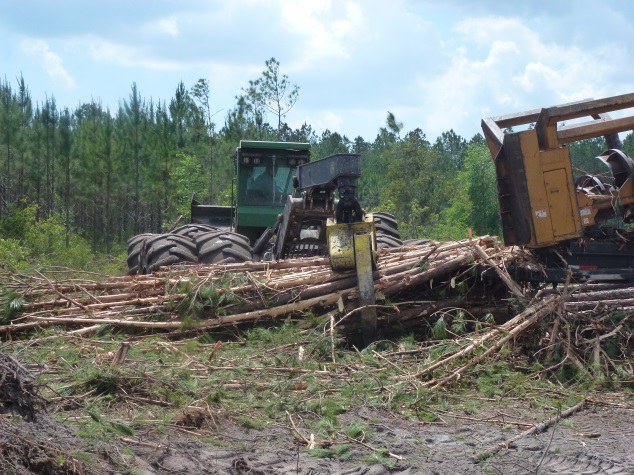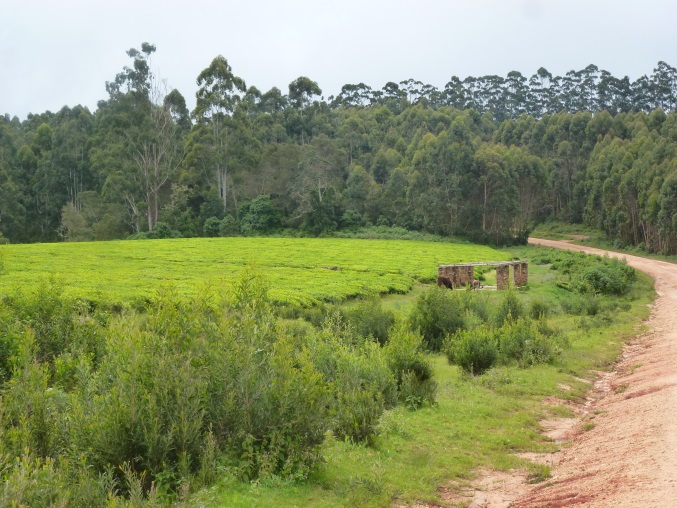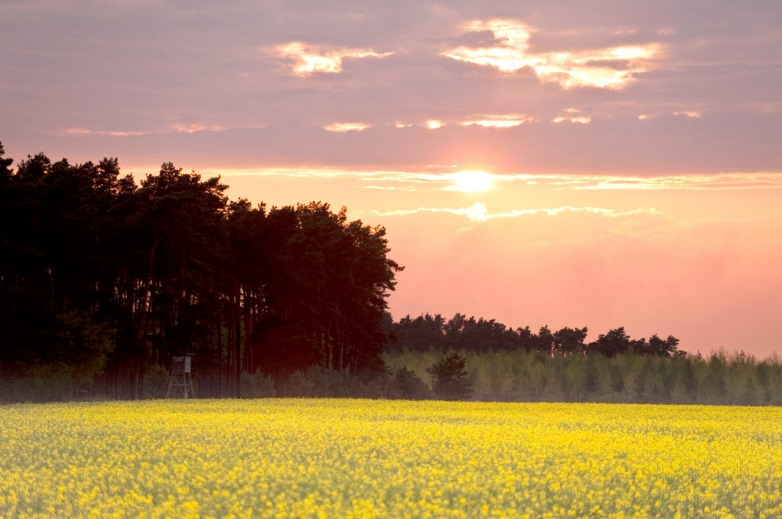SECTOR
Short description
The project SECTOR (“Production of Solid Sustainable Energy Carriers from Biomass by Means of TORrefaction”) focuses on the development of torrefaction-based technologies for the production of solid bioenergy carriers up to pilot-plant scale and beyond, and on supporting the market introduction of torrefaction-based bioenergy carriers as a commodity renewable solid fuel. Within SALAS, we assess direct environmental impacts of feedstock production at regional scale based on the ecosystem service (ESS) concept in three case studies. It also includeanalyses of beyond regional scale impacts, i.e indirect land use change (iLUC) impacts for different feedstocks of solid bioenergy.
The UFZ team is involved in WP 9 - Value chains and sustainability, contributing to tasks 9.3 - Life Cycle Assessment and 9.4 - Environmental assessment.
The objective of WP 9 is to describe and evaluate illustrative biomass-to-end-use-chains based on torrefaction as well as scenarios up to 2030 with regard to economic, social and environmental criteria. Subsequently, conclusions and recommendations about cost-efficient and environmentally sound deployment strategies for torrefied material rather than torrefaction technologies are derived.
In task 9.3 we contribute with case study data to the LCAs of the investigated torrefaction chains, which are analysed using the LCA methodology, as defined by the ISO standards 14040ff.
The contributions of the UFZ team are focusing on task 9.4 providing an assessment of environmental aspects, which may not be covered and quantified with the help of the LCA technique in Task 9.3 for the investigated torrefaction chains. The impact of the considered bioenergy process chains on aspects like water use and their influence on water quality are investigated and water management practices are assessed. The impact of the biomass production and supply on biodiversity as well as potentially arising conflicts such as food-vs.-fuel and indirect Land use change effects (iLUC) aspects are considered in a qualitative way within this sustainability assessment. Based on the results of Tasks 9.3 and 9.4a set of sustainability criteria for the solid bioenergy will be proposed considering the methodical framework of the Renewable Energy Directive (RED), as well as the new CEN/TC 383 standards (in development prEN,16214-1…3).
In task 9.4, we use a case study approach, which enables us to cover concrete examples of feedstock production under widely differing biophysical, socio-economic, technical and legal conditions.
Methodology
We assess ecosystem service (ESS) supply of solid bioenergy feedstock sourcing options in watersheds with plantation forestry, i.e. roundwood and residues, and agricultural production options, i.e. cereals straw and corn stover. Therefore, we model ESS supply of selected provisioning and regulating ESS and most likely relevant in the RED in the named biomass production systems. In addition, we aim at identifying synergies and tradeoffs between ESSs, i.e. visualizing the impact of biomass provision on other ESS services. Factors influencing ESS supply and biodiversity for such feedstock production systems are tested. Therefore, we select potential explanatory variables for topography, soil characteristics as well as landscape composition and configuration.
iLUC will be assessed by meta-analysis criteria and indicators, cross comparison in iLUC risk matrix for selected feedstock and proposing least iluc feedstock and management practices.
Case studies
The different feedstocks suitable
for the torrefaction process are likely to originate from different regions of
the world. Therefore, case studies are defined to represent different
socio-environmental conditions under which relevant feedstocks already are or
may be produced in the near future.
| Southeastern US (Georgia, Mississippi; representing subtropical conditions under a well developed non-EU legal framework) |

|
| Subsaharan Africa (Tansania; representing tropical conditions under a well developed, but only partly enforced non-EU legal framework) |

|
| Central Europe (Central Germany; representing temperate conditions in a well developed and highly regulated EU legal framework) |

|
